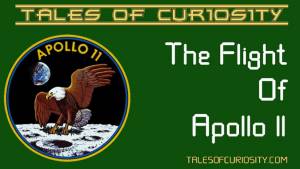| ||||||
| Running Time: | 5:54 | Release Date: | ||||
| In a frantic 5 minutes we visit each of the Sun's planets and pass over their moons. Our journey starts from the Sun and ends on the outskirts of the Solar System. We see some spectacular sights and we learn astonishing facts about our fellow planets. Join us on this amazing trip! | ||||||
About The Video |
The Start Of Our Journey |

The video starts with a group of scientists planning our fictional journey. In an amazing 5 minutes we will travel through the solar system, breaking all the laws of physics.

We will visit the 8 major planets and Pluto. Join us in a journey of a lifetime, as our mission begins!
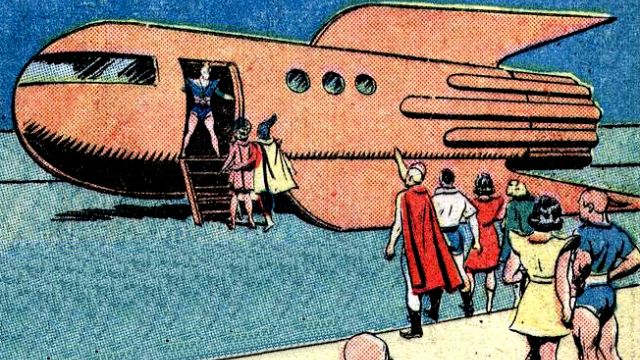
The Sun |
We begin our journey at the center of the Solar System, as we fly past the Sun.
75% of the Sun's mass consists of hydrogen, the rest is made up mainly of helium with less than 2% comprised of other elements. There is still much of the Sun's behaviour that is unexplained.
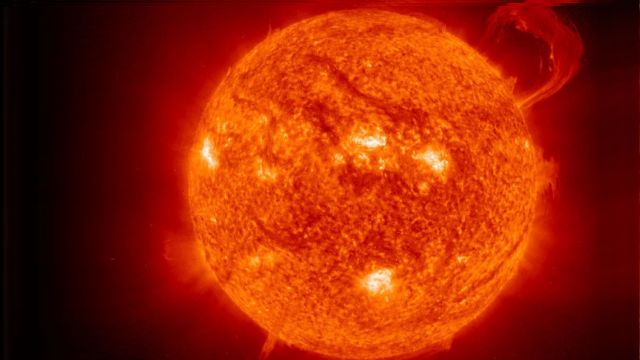
The Sun has 332,900 times more mass than the Earth. The Sun resides in the Orion Arm of the Milky Way Galaxy and is 26,000 light-years from the center of the galaxy.
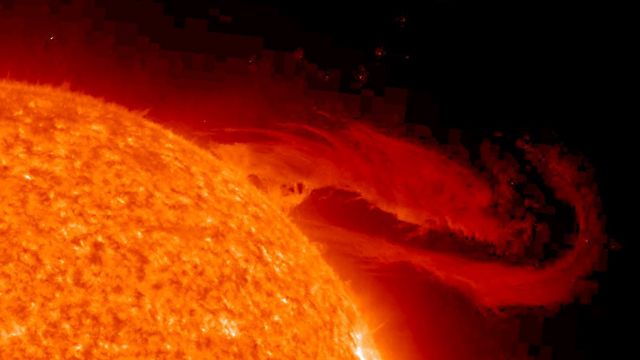
Mercury |
| Distance From The Sun | |
| 36,000,000 | Miles |
| 57,900,000 | Kilometers |
We pass by our first planet Mercury, which is the smallest planet in the Solar System, Jupiter's moon Ganymede and Saturn's moon Titan are larger.
Mercury looks very similar to our moon, having many craters.
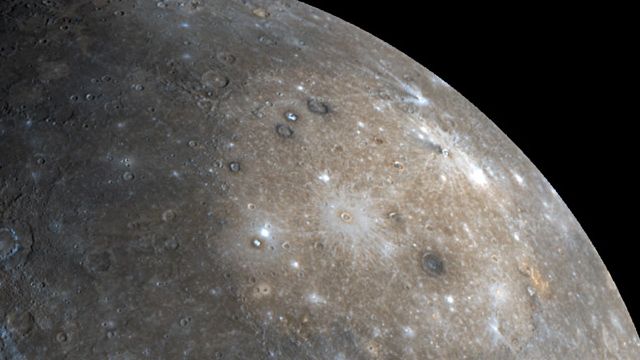
Mercury is named after the swift messenger for the Roman Gods. This is because of the speed that it moves through our sky.

Venus |
| Distance From The Sun | |
| 67,200,000 | Miles |
| 108,200,000 | Kilometers |
The next planet we encounter is Venus. Venus is often called Earth's twin, as both planets are a very similar size and mass.
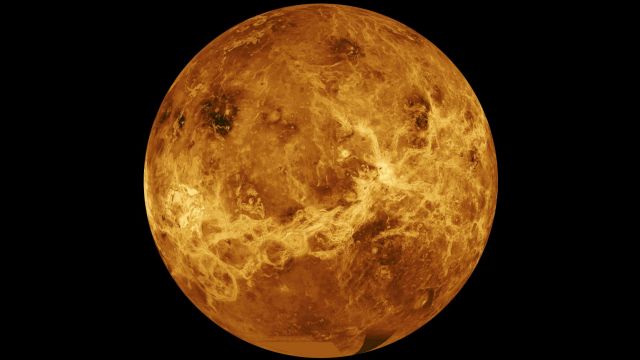
Venus is named after the Roman Goddess of love and beauty.

In the past Venus is believed to have an atmosphere and oceans similar to those found on Earth today. However, now Venus is the hottest planet in the Solar System.
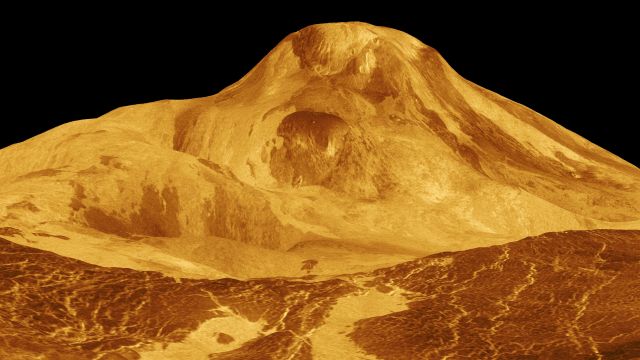
Earth |
| Distance From The Sun | |
| 93,000,000 | Miles |
| 149,600,000 | Kilometers |
After passing by Venus, we now visit Earth. It is the largest of the four innermost planets and our home planet.
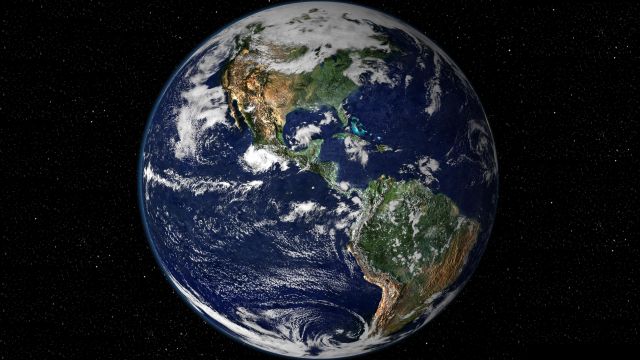
Gaia is the Greek Goddess of Earth.
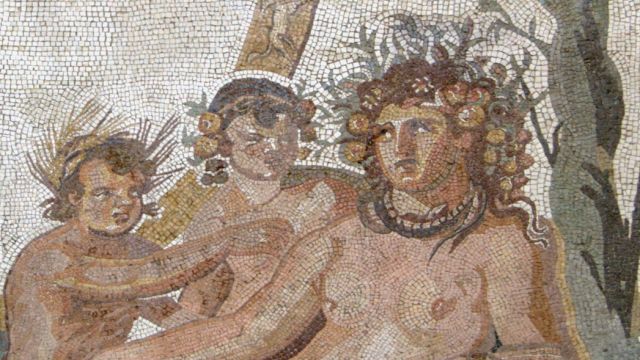
Earth is known as the "Blue Planet", as 71% of the planet's surface is covered with oceans.
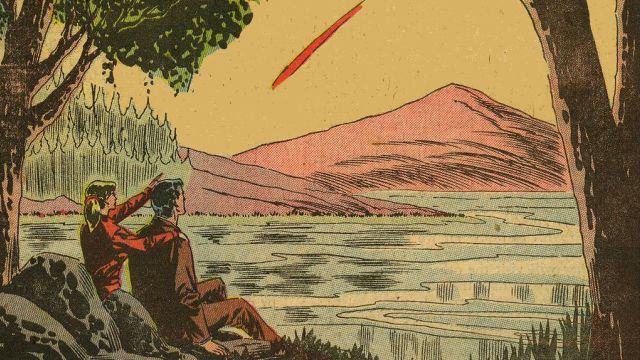
Orbiting Earth is the Moon. It is the fifth largest moon in the Solar System. It is believed to be the result of a massive object striking Earth. The impact was so great that material was blasted into space and formed the moon.

Mars |
| Distance From The Sun | |
| 141,600,000 | Miles |
| 227,900,000 | Kilometers |
Next, we pass by Mars. It is often called the "Red Planet", this is due to iron oxide on the surface giving it a reddish-orange color.

Mars is named after the Roman God Of War.
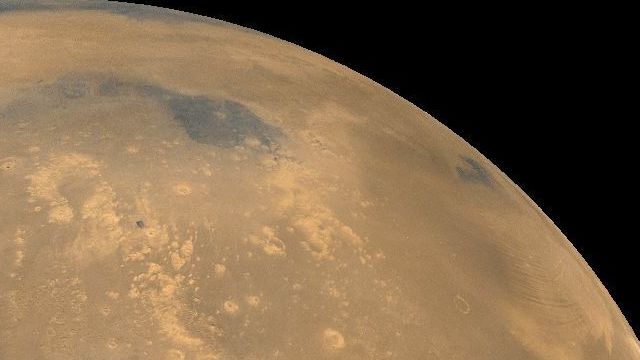
Mars is home to the tallest volcano on the Solar System, Olympus Mons. It also has the largest canyon, Valles Marineris.
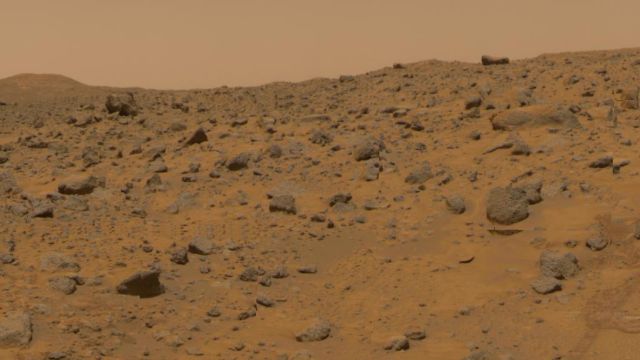
Mars has two moons, Phobos and Deimos. They are both small and irregularly shaped and could be asteroids captured by Mars's gravity.
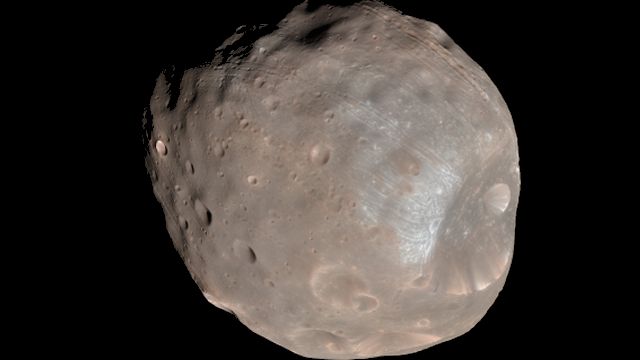
The Asteroid Belt |
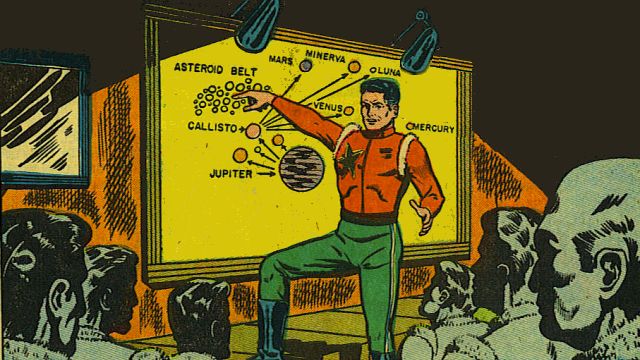
We are now about to pass through the Asteroid Belt. The Asteroid Belt is composed of ancient material from the Solar System's birth. Even though we have already identified hundreds of thousands of asteroids, with probably millions yet to be discovered, this is not as dangerous as commonly thought. The asteroids are spread over such a vast area, that we would be very unlucky to collide with one.
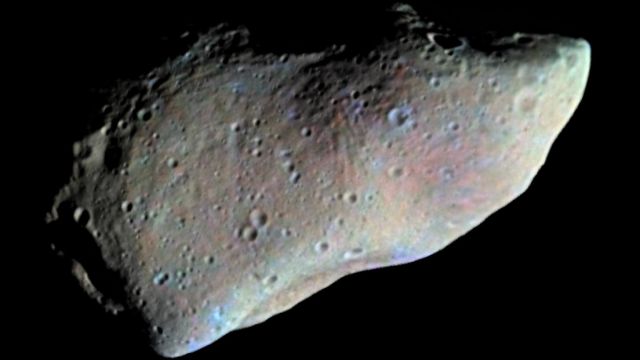
Jupiter |
| Distance From The Sun | |
| 483,800,000 | Miles |
| 778,600,000 | Kilometers |
After safely navigating the Asteroid belt, we encounter Jupiter. Jupiter is the largest planet in the Solar System. It is 2.5 times as big as all the other planets combined, but it has only 1000th the mass of the Sun.
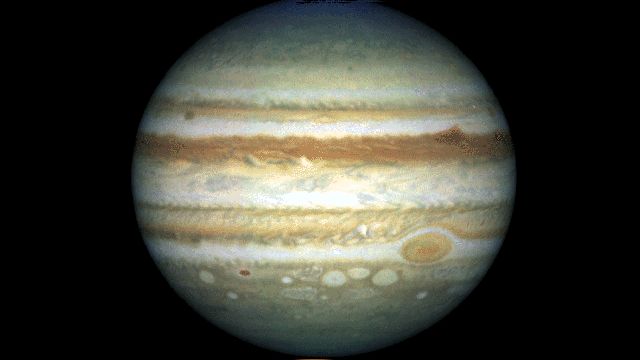
Jupiter is named after the Roman King of the Gods.

The best known feature of Jupiter is the Great Red Spot. It is an enormous storm, that is believed to have been in existence for at least 400 years.
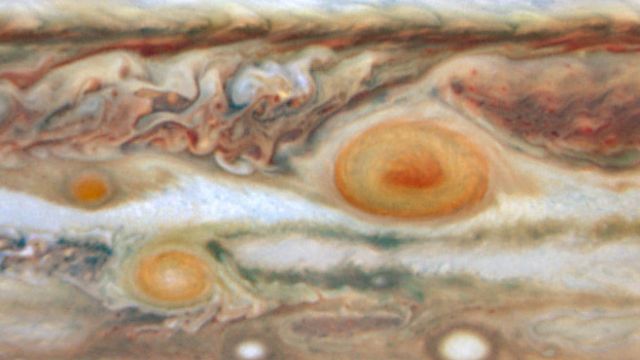
In 1610, Galileo Galilei experimenting with one of the first telescopes, discovered four moons orbiting Jupiter. They are called Io, Europa, Ganymede and Callisto. We now know that Jupiter has at least 63 moons.
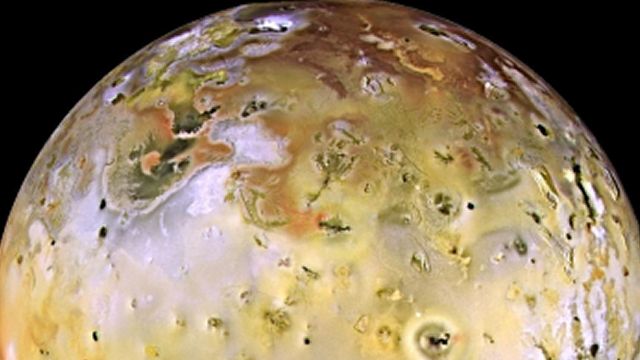
We leave the giant planet behind and continue our journey, as we head for our next stunning destination.
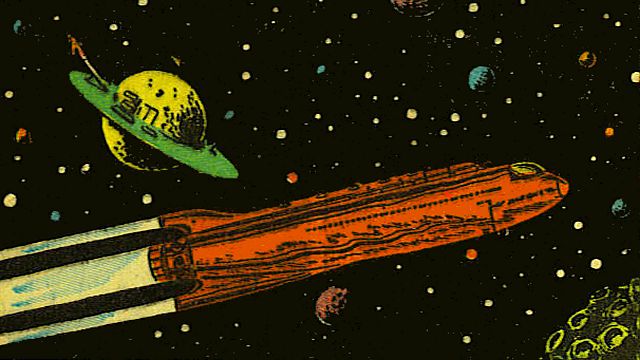
Saturn |
| Distance From The Sun | |
| 890,800,000 | Miles |
| 1,433,500,000 | Kilometers |
We have now arrived at Saturn, the second largest planet.
The most famous feature of Saturn is its system of rings. The rings are composed mainly of ice particles, along with small rocks and dust.
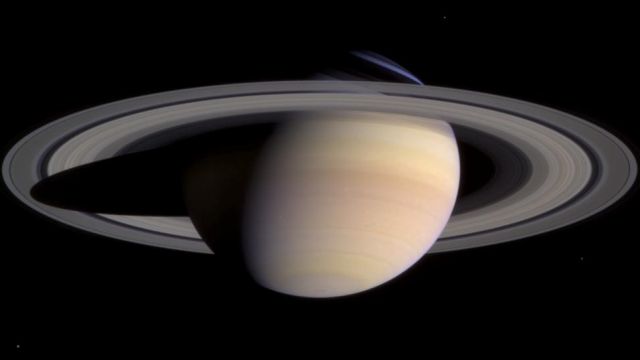
Saturn is named after the Roman God of Agriculture.

Orbiting Saturn are 61 moons, one of which is Enceladus. This was discovered by William Herschel in 1789.
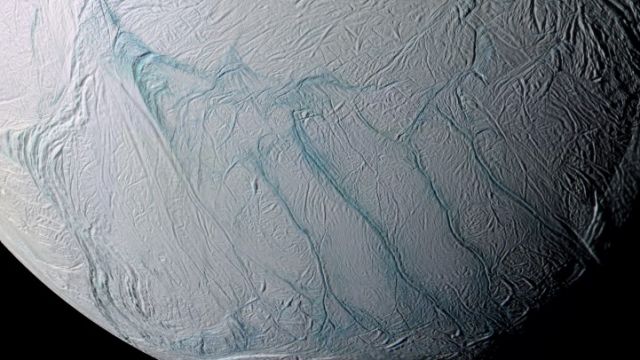
After viewing the spectacular Saturn, we must move swiftly on, as we set course for Uranus.
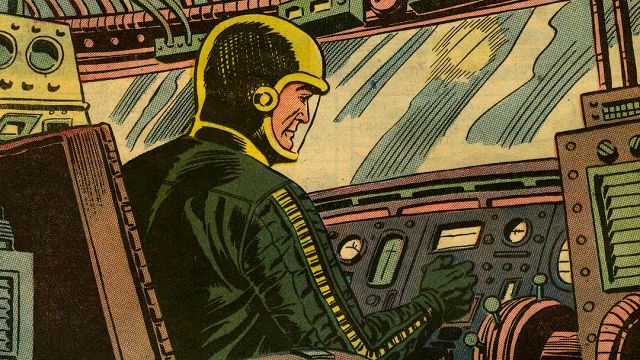
Uranus |
| Distance From The Sun | |
| 1,784,800,000 | Miles |
| 2,872,500,000 | Kilometers |
Our next destination is reached, Uranus.
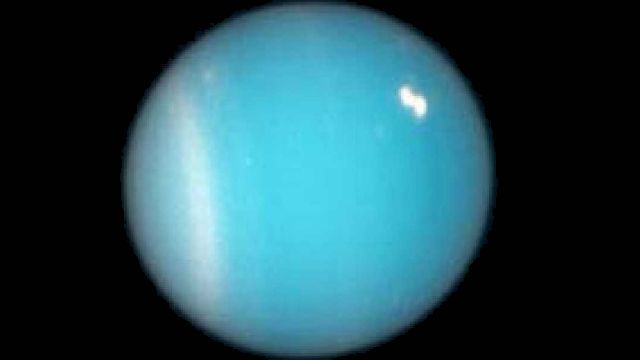
On the 13th March 1781, Sir William Herschel recorded his sighting of the planet. Although Uranus had been observed before, it was assumed to be a star. Initially Herschel thought he had discovered a comet, but soon it became clear that Uranus was a planet. It is the first planet discovered in modern times.
Uranus is named after the Greek God of the Sky.

We pass close by Titania, which is one of Uranus's 27 moons. All of Uranus's moons are named after characters from the works of William Shakespeare and Alexander Pope.
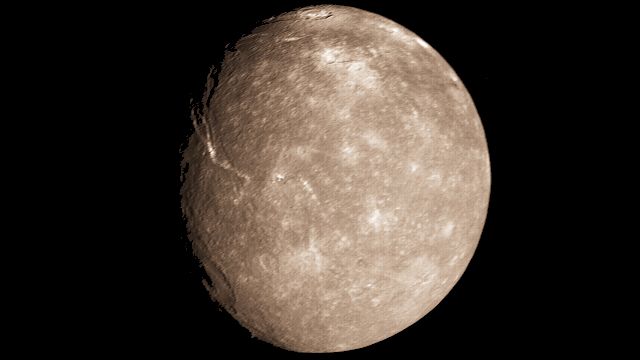
Neptune |
| Distance From The Sun | |
| 2,793,100,000 | Miles |
| 4,495,100,000 | Kilometers |
Our journey is nearly complete as we pass by Neptune. Neptune was discovered on the 23rd September 1846.
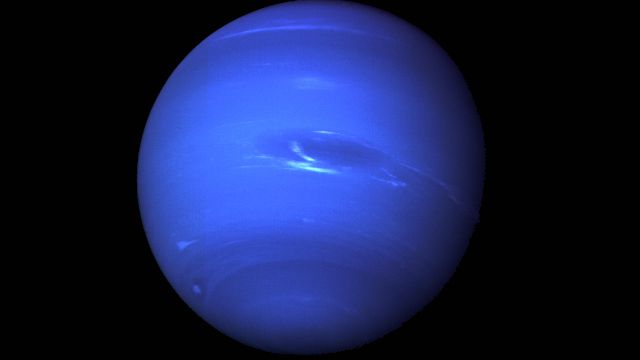
Neptune is named after the Roman God of water and the sea.

Neptune has 13 known moons. Of these Triton is easily the largest, comprising of 99.5% of all the mass in orbit around Neptune.
It is believed that Triton was originally a dwarf planet, that became captured by Neptune's gravity.
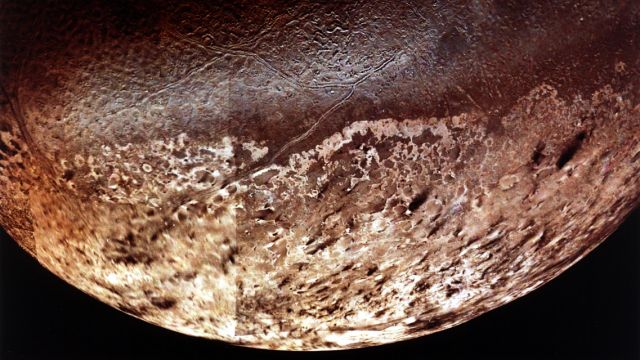
Our spaceship now powers us on to the depths of the Solar System.

The Kuiper Belt |
We now enter the Kuiper Belt, far on the outskirts of the Solar System.
The Kuiper Belt is similar, but much bigger than the asteroid belt. It is made up of small frozen bodies, that are ancient remnants from the Solar System's formation.
The Kuiper belt has 3 known dwarf planets Pluto, Haumea and Makemake.
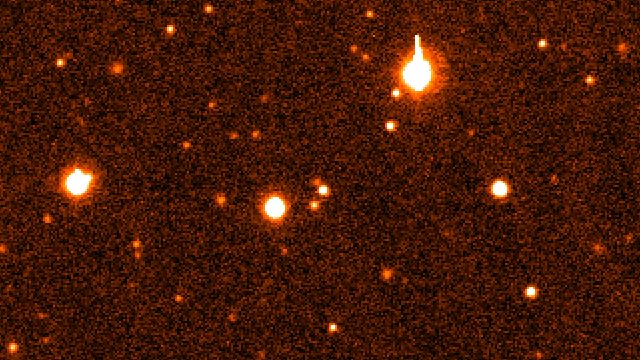
Pluto |
| Distance From The Sun | |
| 3,647,200,000 | Miles |
| 5,870,000,000 | Kilometers |
We reach Pluto, that is now classified as a dwarf planet. Pluto is mainly composed of rock and ice. Although it is small, about the third of our moon's volume, it is the largest known object in the Kuiper belt.
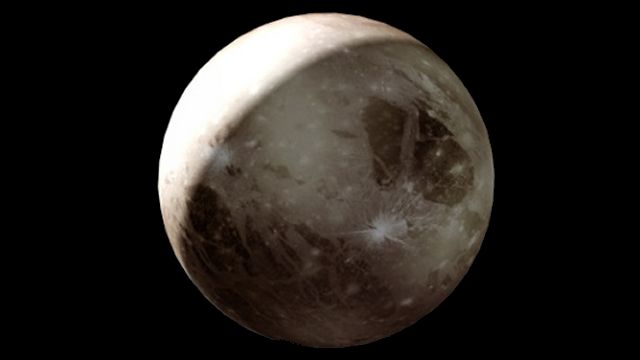
Slight changes in Neptune's orbit, meant some astronomers believed that there was a planet on the outskirts of the Solar System that was responsible. They called this Planet X.
In 1930, Clyde Tombaugh discovered the new planet. The method used was extremely laborious and took almost a year. Tombaugh compared time lapsed photographs, looking for any changes, that would be evidence of planetary movement. Eventually, he spotted a body that had indeed shifted its position. This was Pluto.
Pluto is named after the Roman God of the Underworld.

Due to the discovery of other bodies, similar or even bigger than Pluto, astronomers faced a dilemma. Do they increase the known number of planets, or remove Pluto from the list. In 2006 the solution was to create a new category of "dwarf planet". So this is the classification where Pluto now resides and we have 8 Major Planets.
Despite being so small Pluto, has 3 moons one of which is Charon. The other two moons called Nix and Hydra are smaller.
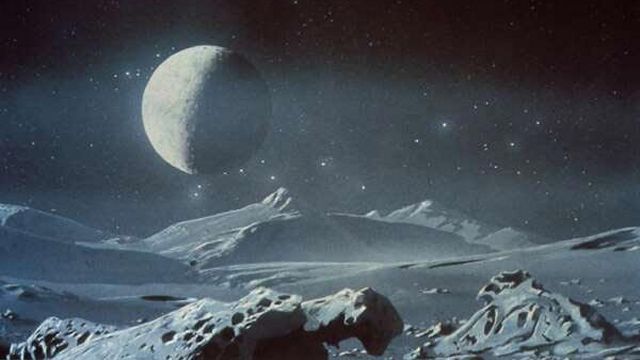
After seeing such amazing sites our tour is now sadly at an end. We hope you had an enjoyable journey and will join us on further adventures.
Curious Facts |
 An 11 year schoolgirl from England called Venetia Burney first suggested the name Pluto, for the newly discovered planet.
An 11 year schoolgirl from England called Venetia Burney first suggested the name Pluto, for the newly discovered planet.Similar Videos |
The Flight Of Apollo 11
The Men Who Went To The Moon
Great Achievements In Space
Interesting Links |
General |
Mercury |
Venus |
Earth |
Mars |
Jupiter |
Saturn |
Uranus |
Neptune |
Pluto |
